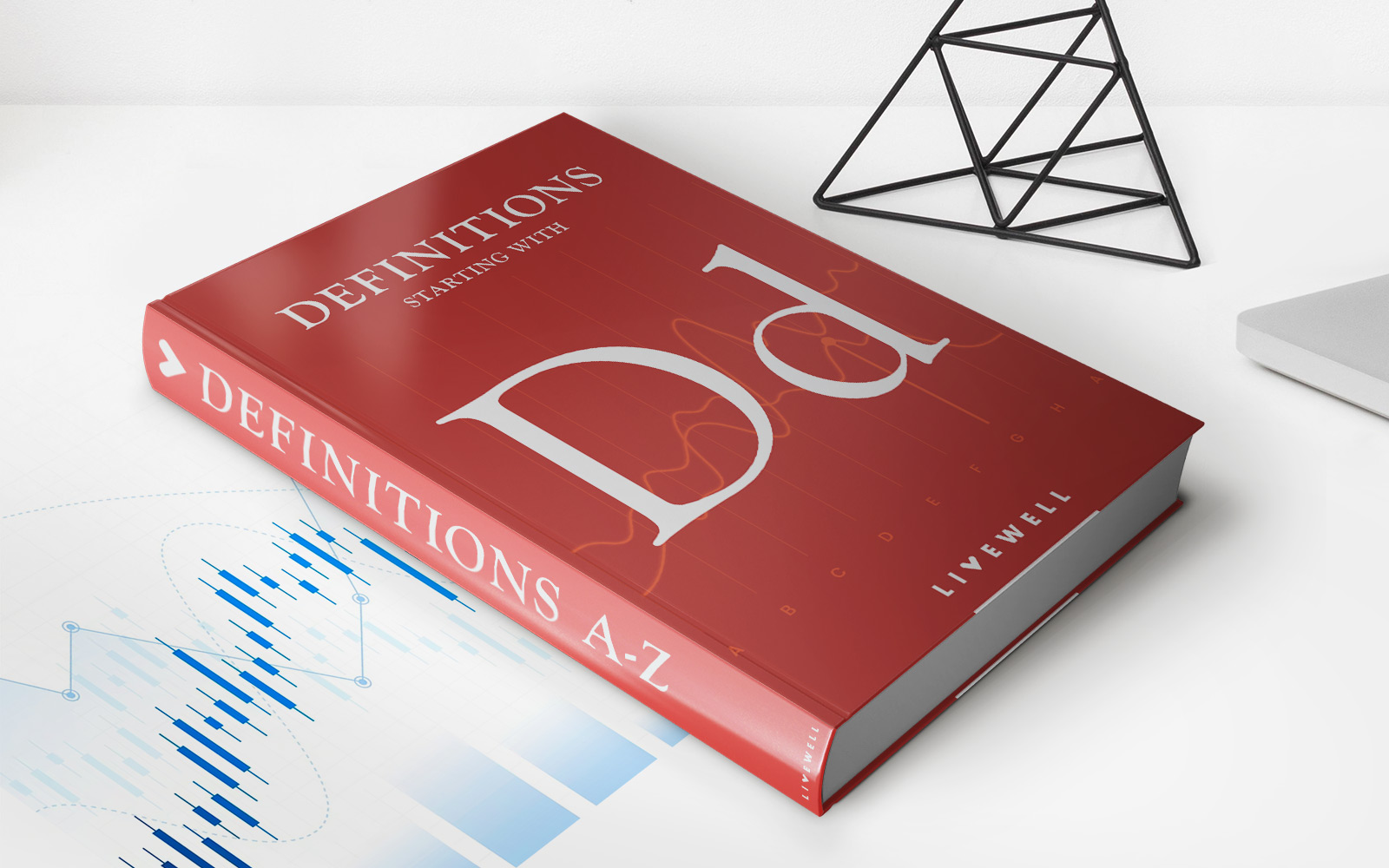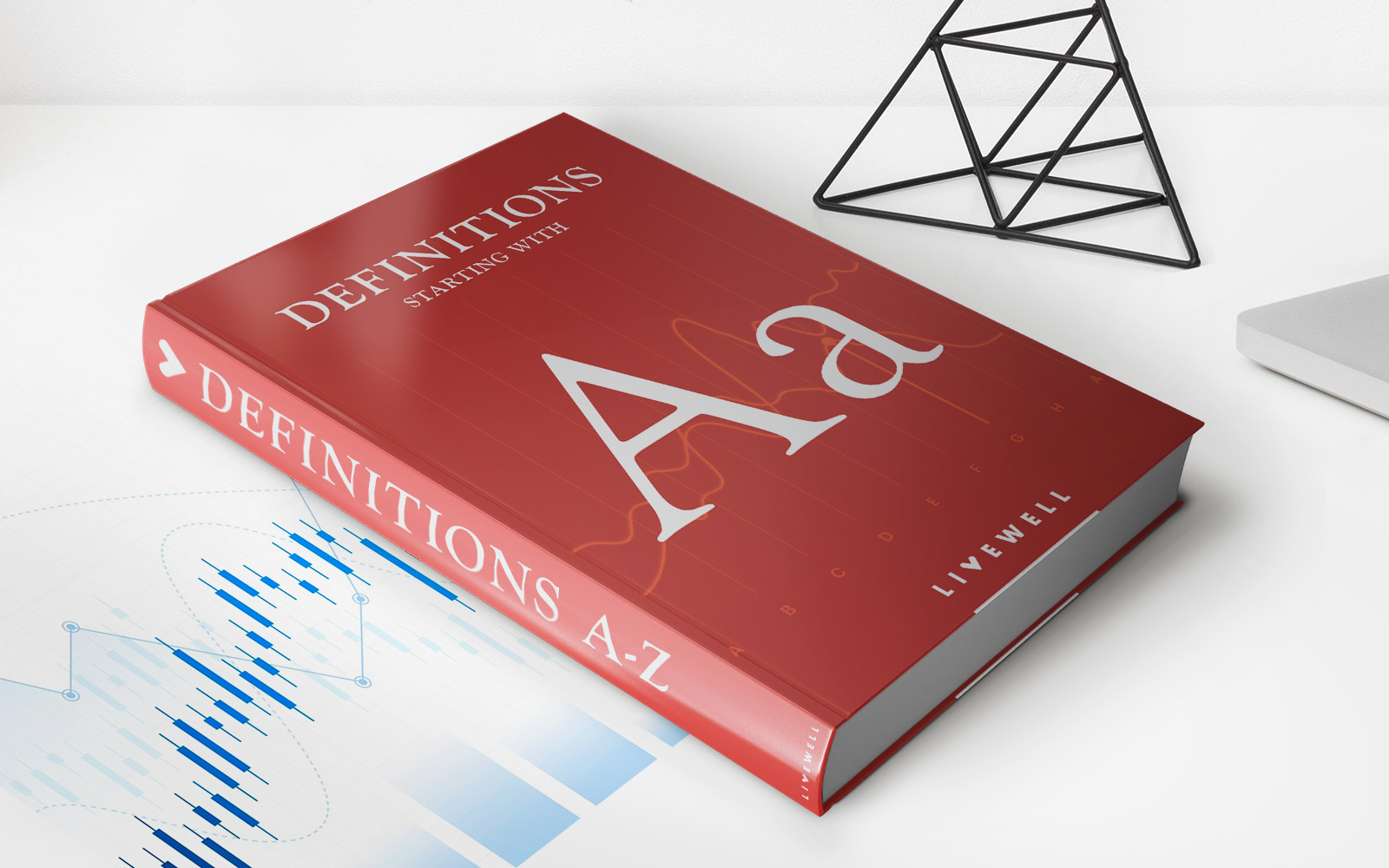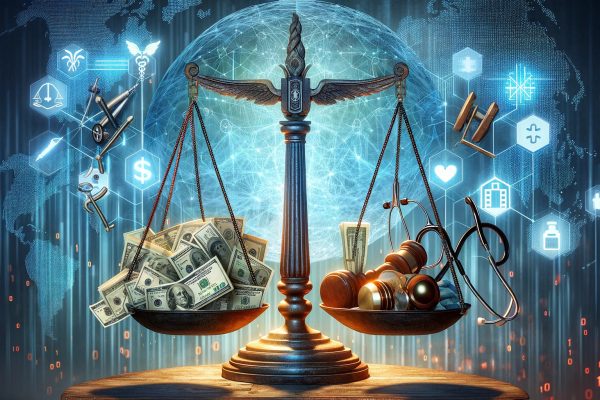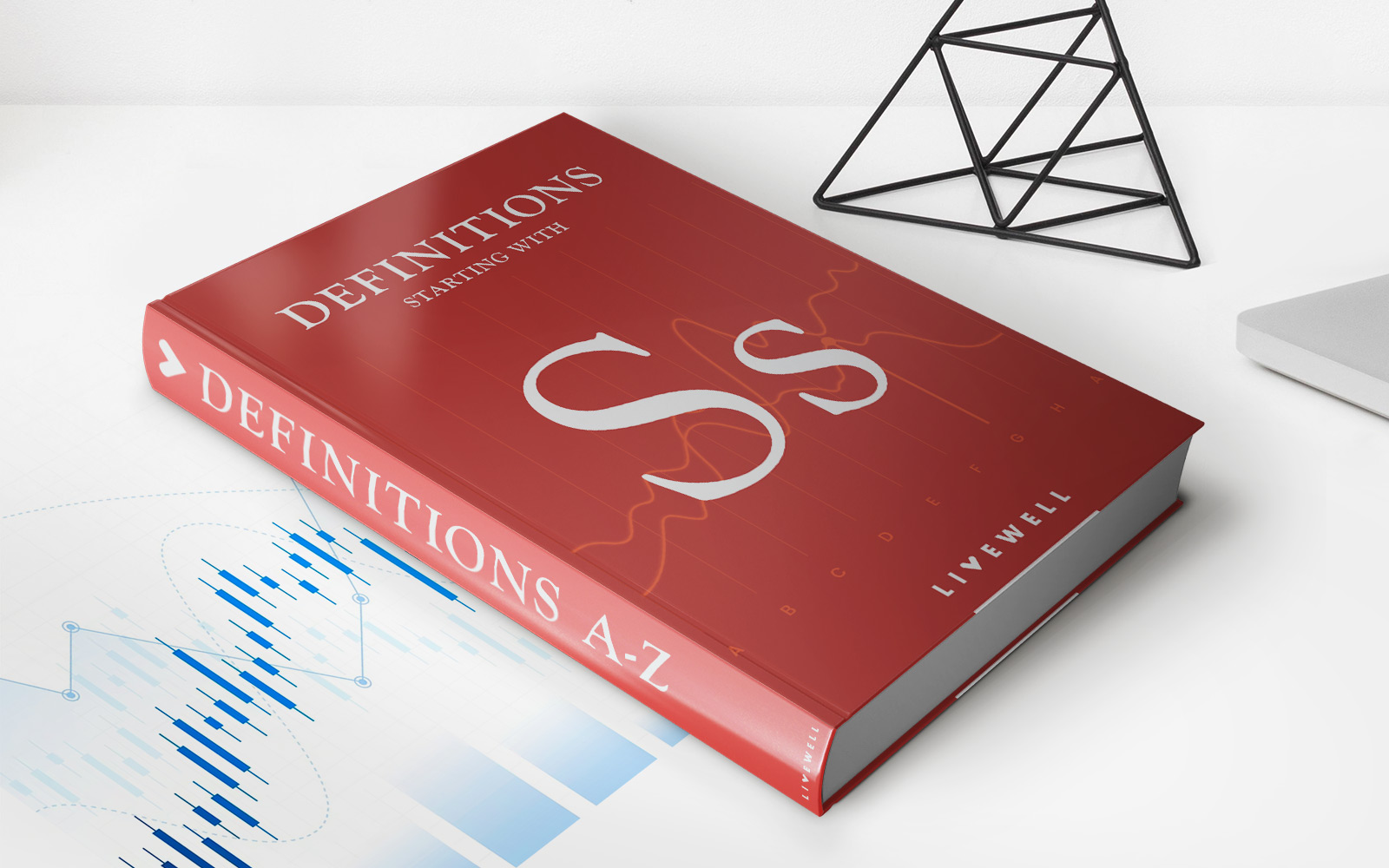Finance
A History and Understanding of Racketeering
Modified: September 6, 2023
Discover what kind of crime racketeering is and how criminals from individuals to organized groups like mafias profit from this illegal activity.
(Many of the links in this article redirect to a specific reviewed product. Your purchase of these products through affiliate links helps to generate commission for LiveWell, at no extra cost. Learn more)
Racketeering is an organized criminal operation that constitutes extortion or coercion. The term originated from the word “racket” which refers to a crime cheating individuals out of their money.
A racketeer is someone who attempts to steal money or property from another person usually through force or intimidation. They offer a deceitful service to fix a problem that would not exist.
Beginnings Of Racketeering In The U.S.
Racketeering and the mafia have long been associated with each other. When it comes to the mafia, there is an individual who is the most powerful gangster of all time. His name is Lucky Luciano. He is widely considered the father of the American Mafia.
In 1906, Lucky Luciano emigrated to the United States from Sicily where the mafia originated. The mafia was originally an organization loosely composed of families. Their goal is to protect the island from foreign invaders.
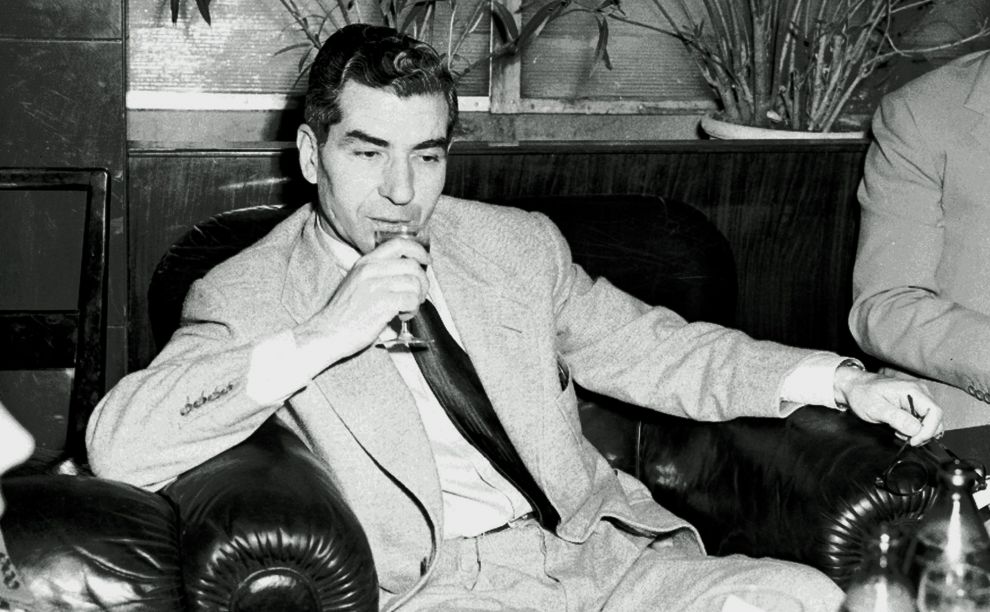
Photo from Wikimedia Commons
Before Lucky Luciano, there were criminal organizations in the United States. But he organized young gangsters in New York City to gain power after winning bloody wars with older crime bosses. They dealt in many rackets such as bootlegging and prostitution. Luciano organized the gangsters into five crime families which became known as a syndicate.
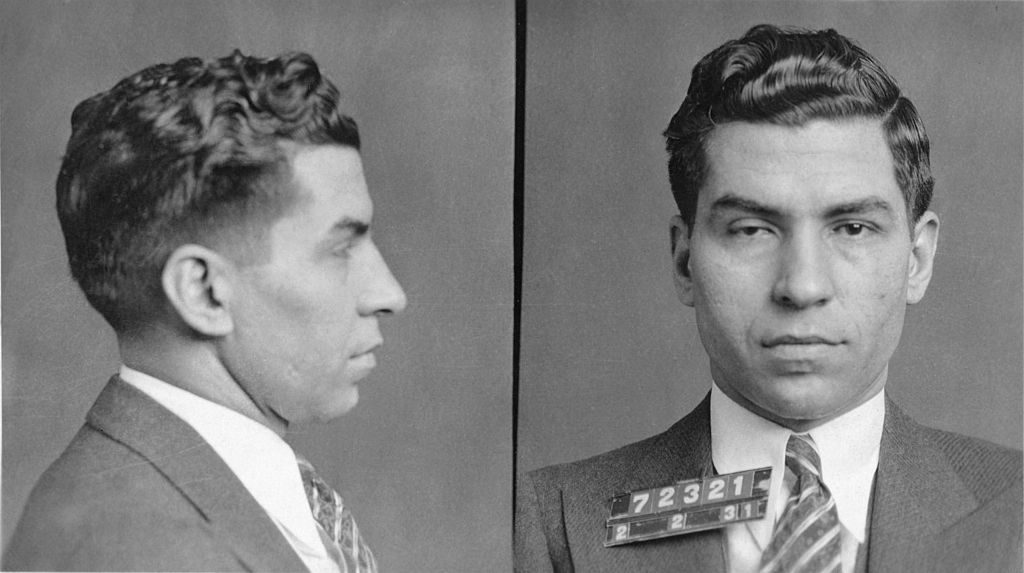
Photo from Wikimedia Commons
In 1936, prosecutors arrested him after some of the prostitutes gave evidence while investigating him. They tried, convicted, and sentenced Luciano after they found out that he had committed sixty-two murders. Even from jail, he had control of the longshoreman’s union. They released him after and deported to Italy where he died later on.
The RICO Act
On October 15, 1970, the United States government introduced the Racketeer Influenced and Corrupt Organizations or the RICO Act to contain illegal cooperation and profiteering through racketeering. President Richard Nixon signed the law and enacted as Title IX of the Organized Crime Control Act of 1970.
The RICO Act permits law enforcement agencies to charge an individual or group of people involved in various acts of racketeering within a ten-year period.
The act stated its purpose of “eliminating the infiltration of organized crime and racketeering into legitimate organizations operating in interstate commerce”.
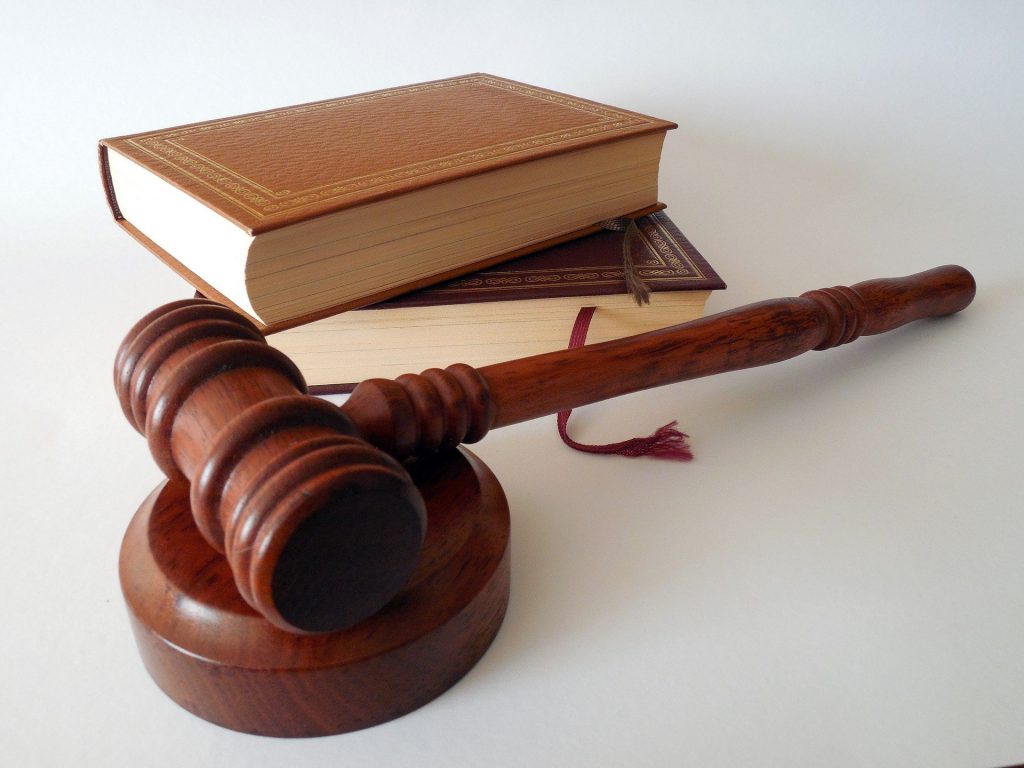
Photo by succo from Pixabay
According to the U.S. Department of Justice (DOJ), to be guilty of violating the RICO Act, the government must prove beyond a reasonable doubt that:
- An enterprise exists
- The said enterprise affects interstate commerce
- The defendant was employed by or associated with the enterprise
- A pattern of racketeering activity was engaged in by the defendant
- The defendant conducted or participated in the conduct of the enterprise through that pattern of racketeering activity through the commission of at least two acts of racketeering activity as set forth in the indictment.
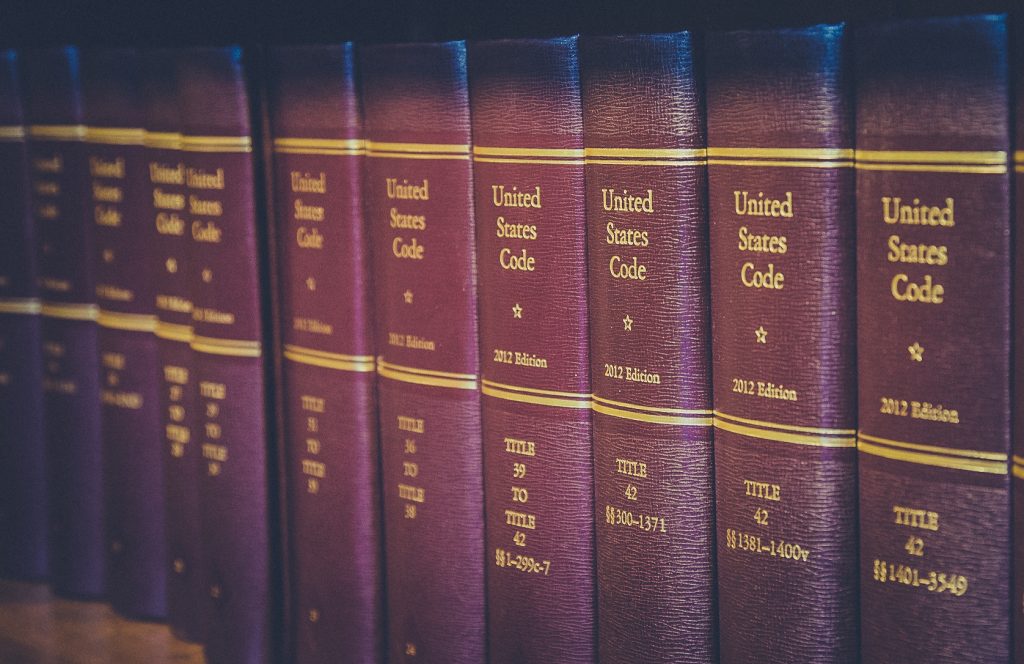
Photo by Tony Webster from Flickr
Before the enactment of this law, government prosecutors only had few legal methods to target an entire criminal organization. But after the enactment of the RICO, prosecutors primarily used it to prosecute organized crime. RICO also allows the prosecutors to charge the leaders of said crime organization for activities that they ordered others to do.
Examples Of Racketeering
Racketeering comes in many forms. In the U.S., the law defines 35 different offenses that constitute racketeering. The list includes crimes such as counterfeiting, kidnapping, murder, sex trafficking, gambling, bribery, identity theft, money laundering, and drug dealing.
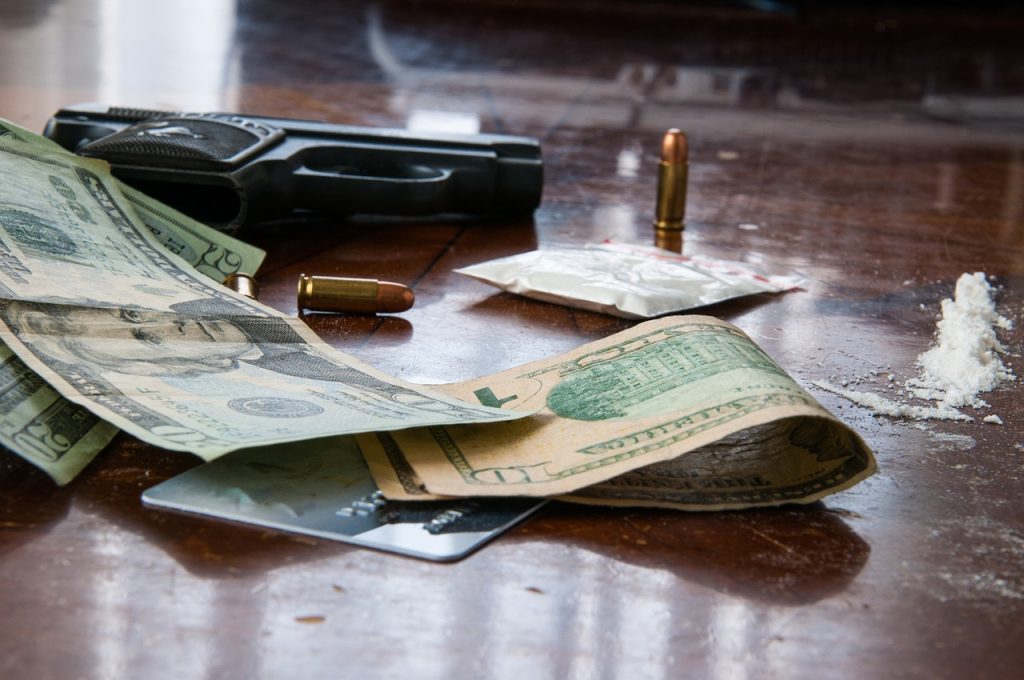
Photo from Max Pixel
The most common example of this is the “protection racket” wherein the perpetrator promises to protect the target person or business from dangerous people in the neighborhood.
If the individual does not pay for the protection fee, he threatens to create damage. The racketeer either collects the money or causes harm to the property until the individual pays him a large sum of money.
There are other common examples of racketeering:
Kidnapping – The perpetrators hold an individual captive and detained illegally. The kidnapped individual will be set free once he/she pays a ransom to the captors.
Numbers racket – It is a form of illegal gambling wherein a corrupt dealer conspires with his associates. They usually disguise as gamblers to cheat other gamblers of their money.
Fencing racket – One or more individuals act as intermediaries and they buy stolen goods from thieves at low rates. Then, they will resell them for a profit to unsuspecting buyers.
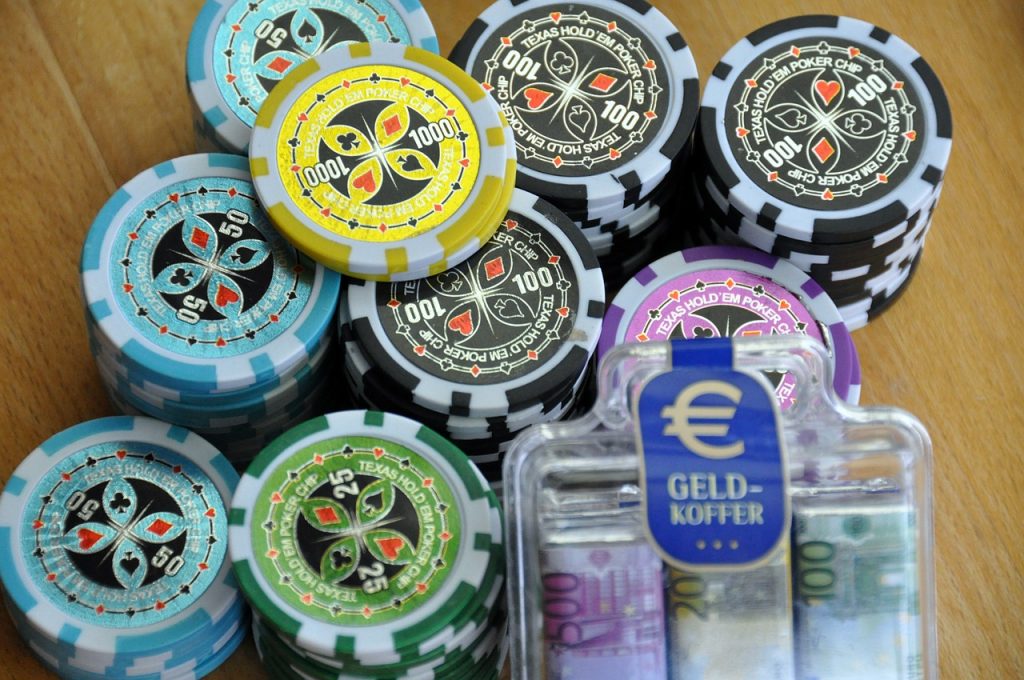
Photo from Max Pixel
Cyber Extortion
Cyber extortion on a user’s computer is also recently becoming more common. To illustrate, a hacker may illegally push malware onto a user’s computer blocking access to the computer and all the data stored on it.
Then, the hacker or his partner demands money from the user to restore access. If the user refuses to pay, the hacker will seize or damage the data from the computer.
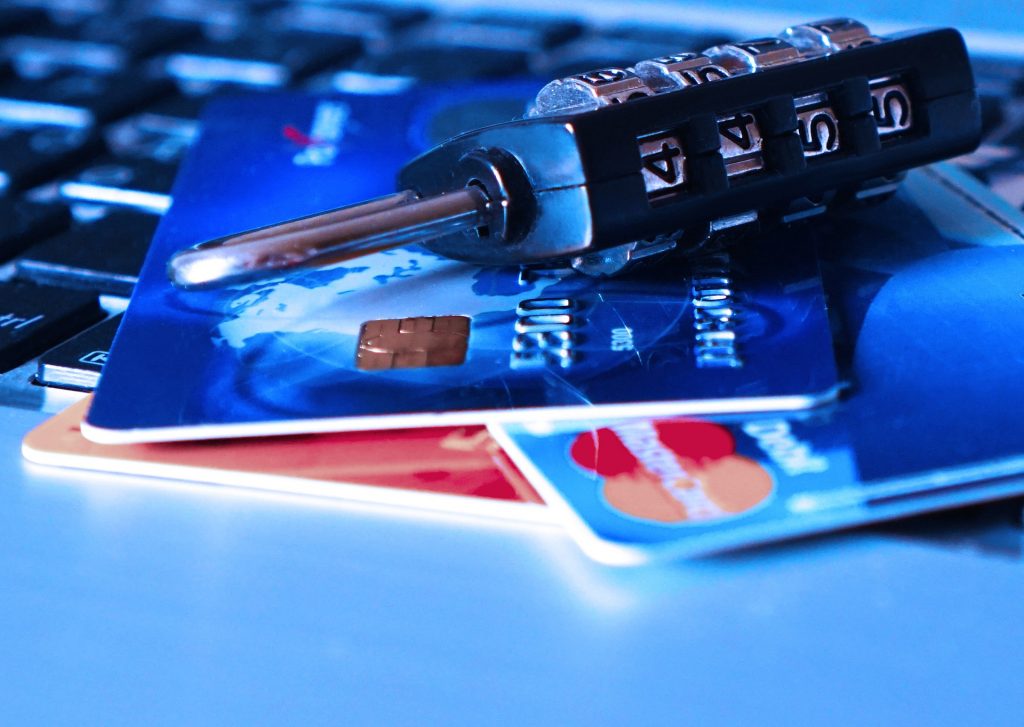
Photo by TheDigitalWay from Pixabay
Another example of this kind of extortion is credit card fraud. This involves criminals placing debit or credit card skimmers on gasoline pumps to take the data from them. Often, unsuspecting customers of gasoline stations do not realize the skimmers are there and fall victim to this extortion.
Implication To Society
Racketeering has high financial implications. The United Nations Office on Drugs and Crime estimated that all forms of organized crime combined generate about $870 billion each year or 1.5% of the global gross domestic product. That means it is about 7% of the export products in the world.
Racketeer In The Securities Industry
In 1989, there was a famous racketeering case involving the securities industry. The Milken case is an example of racketeering that does not involve a mob boss or the Mafia. Michael Milken worked as a bond researcher for the Drexel investment bank.
Milken became instrumental in developing the junk bond market and a powerful player on Wall Street. He was thought to evade the Securities and Exchange Commission (SEC) regulations. As a result, the SEC put him under scrutiny. Milken was eventually indicted on 98 counts of racketeering and fraud.
Photo from Pixabay
He was also accused of securities fraud, insider trading, and stock manipulation after being implicated by another defendant in a securities investigation. Michael Milken was fined and jailed after a plea bargain, but he is now free.
Significant Instances Of Racketeering
Many FIFA (Fédération Internationale de Football Association) corporate executives and officials in May 2015 were indicted. It is due to corruption charges and racketeering conspiracy. This involves bribing and paying kickbacks to secure profitable media and marketing rights to international soccer tournaments.
Two Kansas counties and two Missouri counties filed federal racketeering cases against more than a dozen manufacturers of opioid painkillers in June 2018. The prosecution alleged that the defendant’s business entities falsely represented the danger of addiction and turned “patients into drug addicts for [the companies’] own corporate profit”.
Photo from Max Pixel
They charged the said companies with “false, deceptive and unfair marketing and/or unlawful diversion and distribution of prescription opioids.”
In addition, an organized crime group has used one or more labor unions to extort a company or contractors or otherwise used a union to control workers. La Cosa Nostra is an Italian-American mafia criminal society famous for its control over labor unions.
This mafia gained such a strong foothold that both the labor union and company management had to rely on gangsters for protection.
